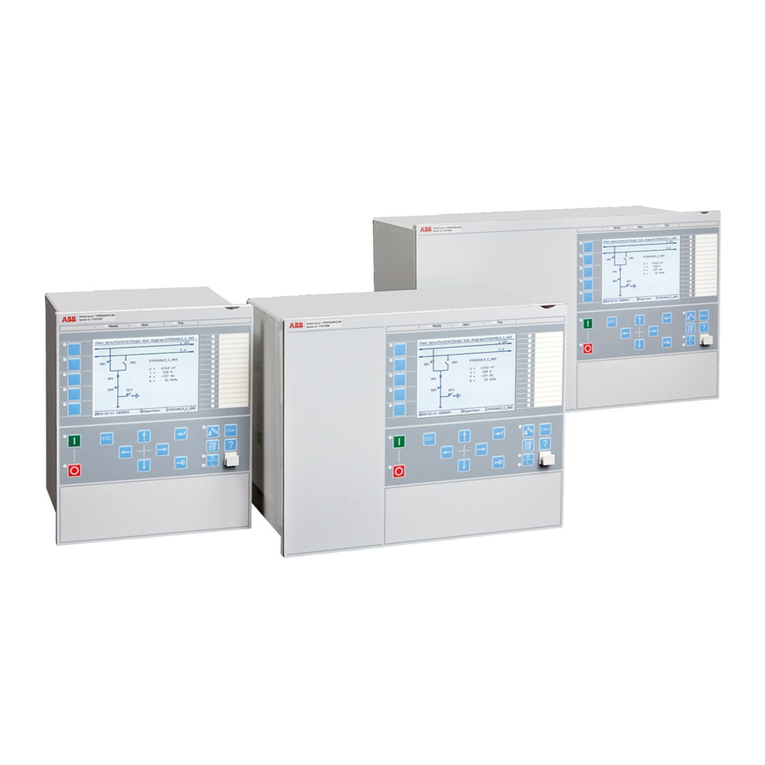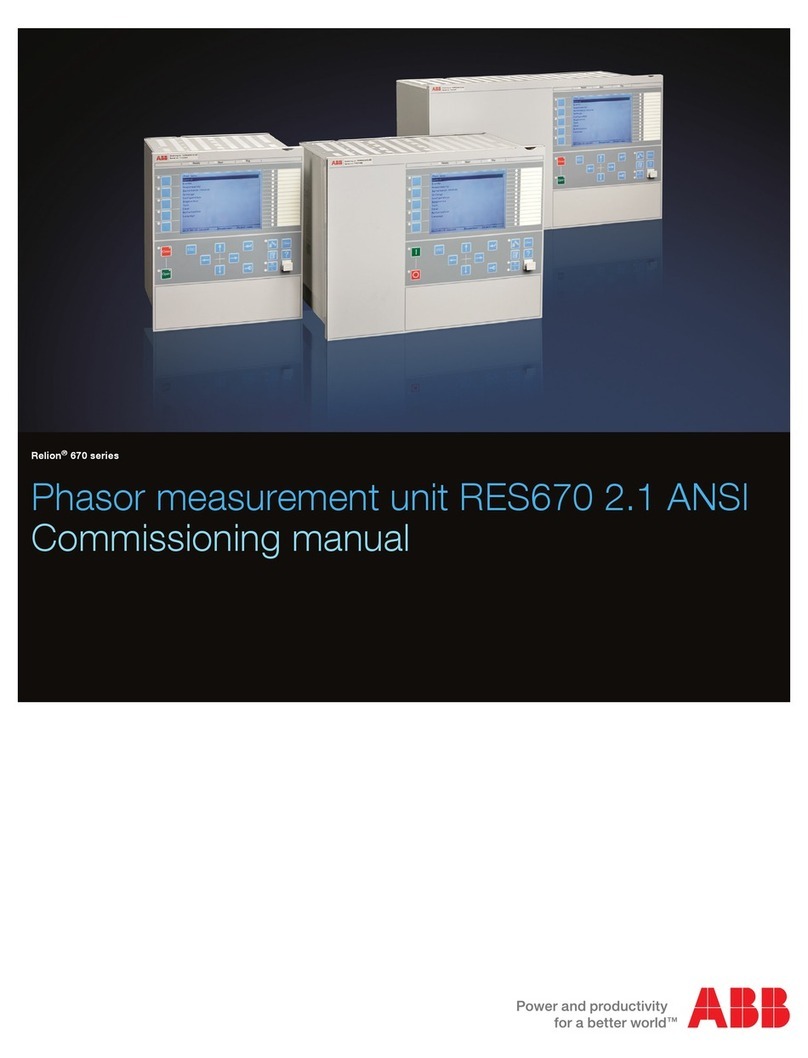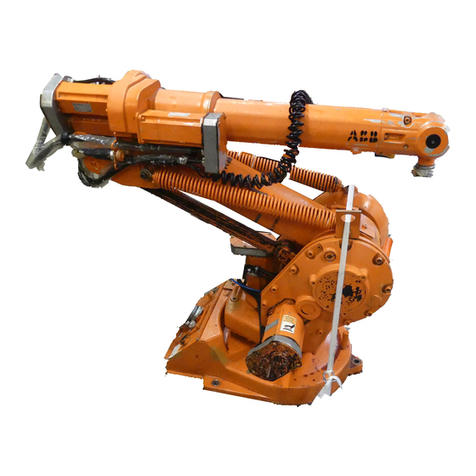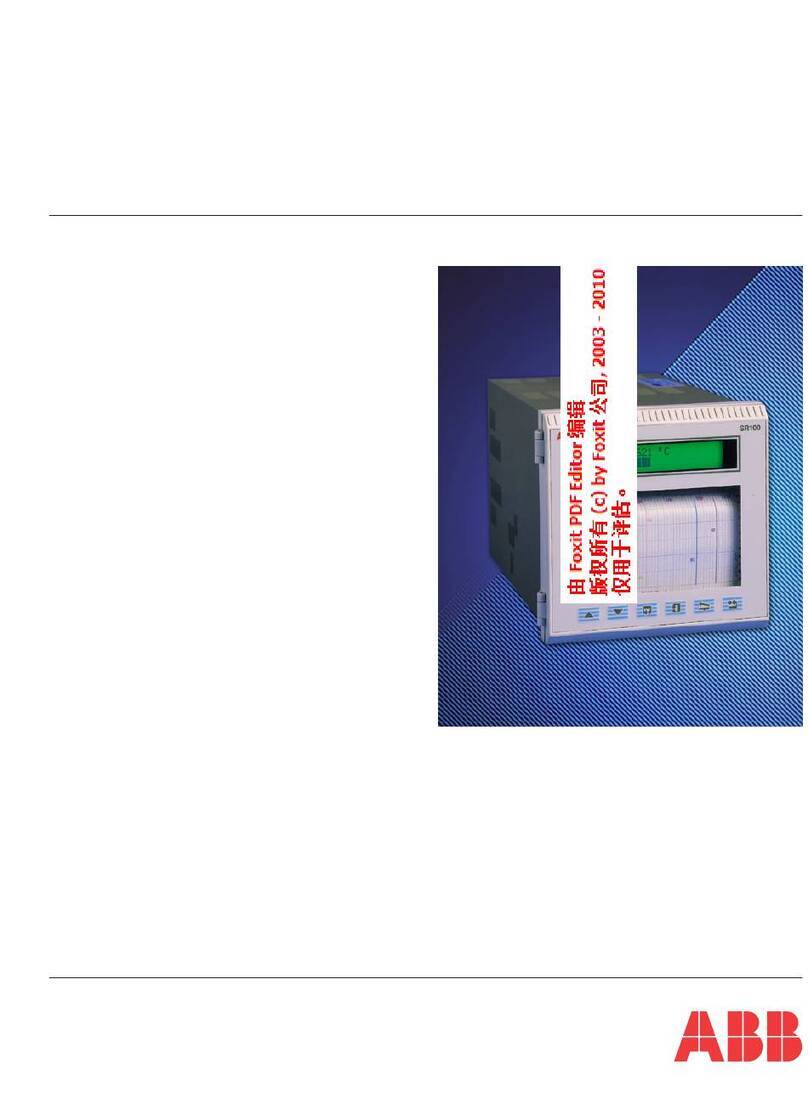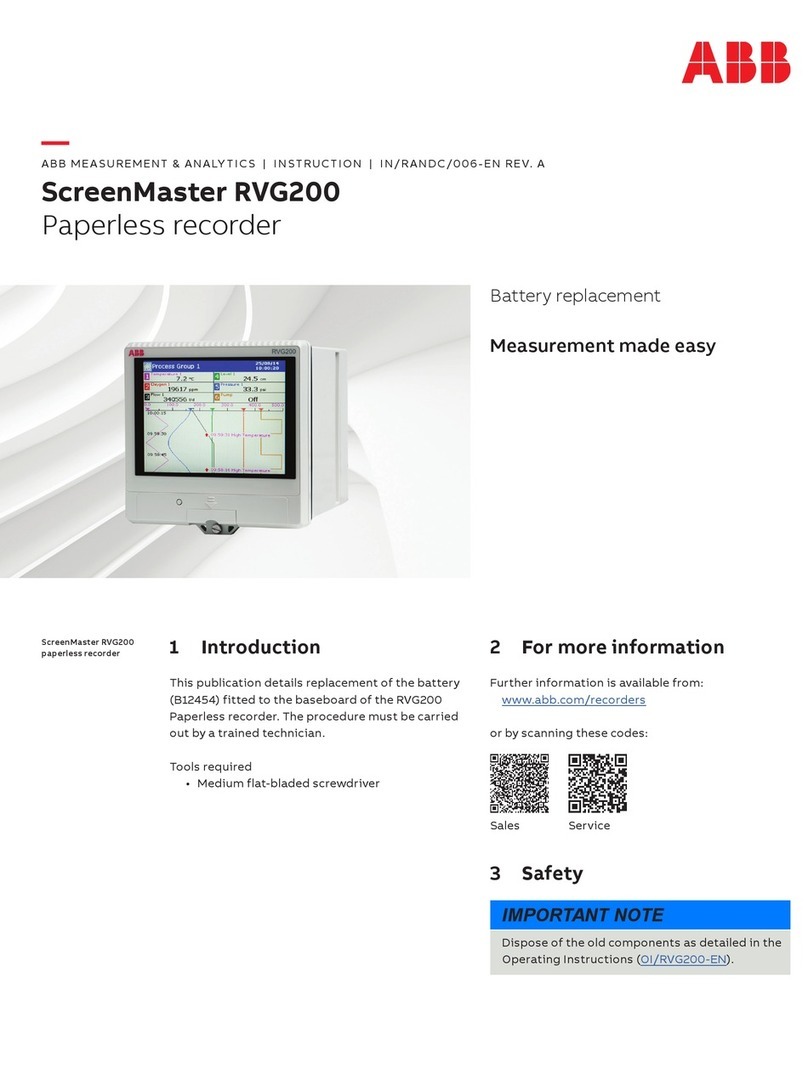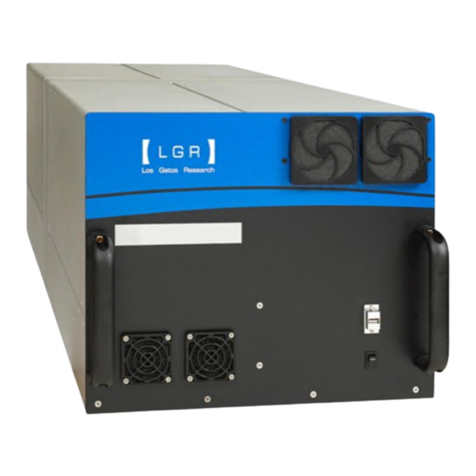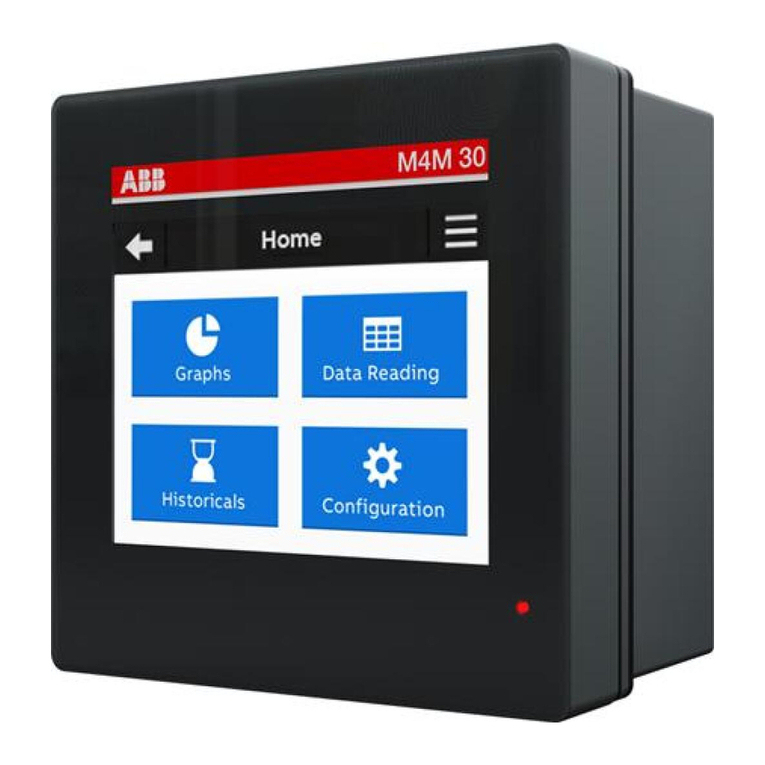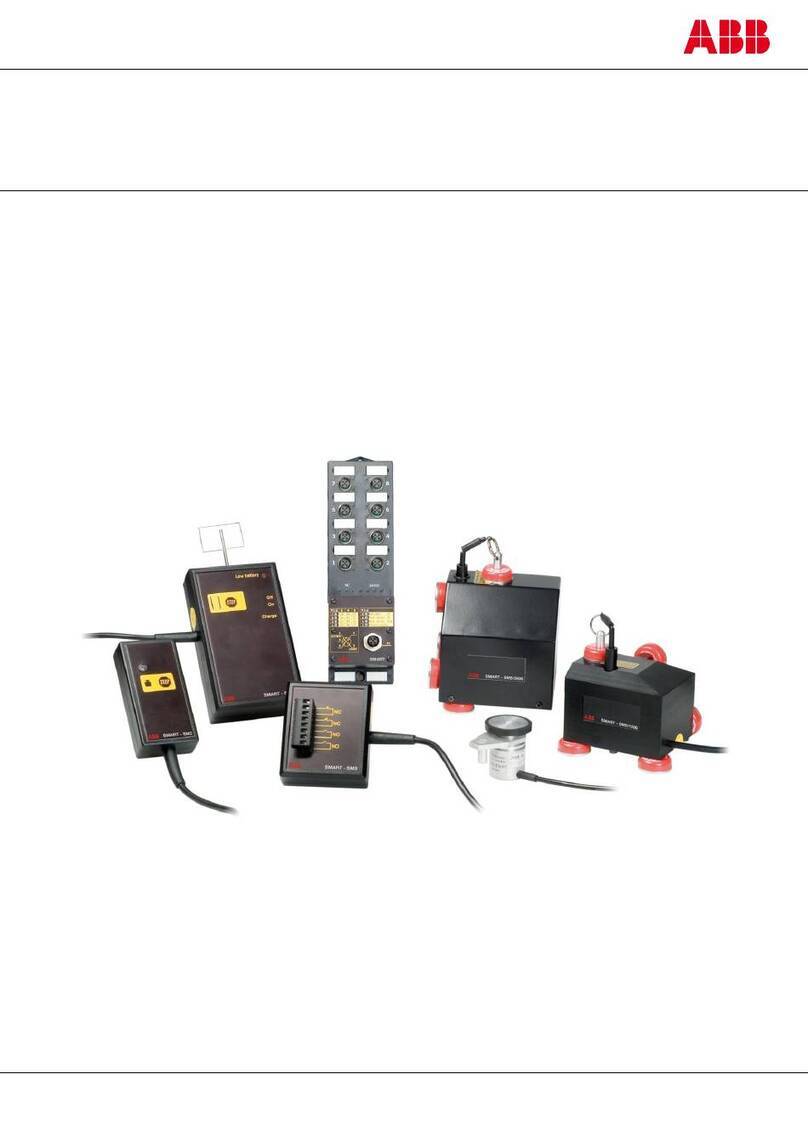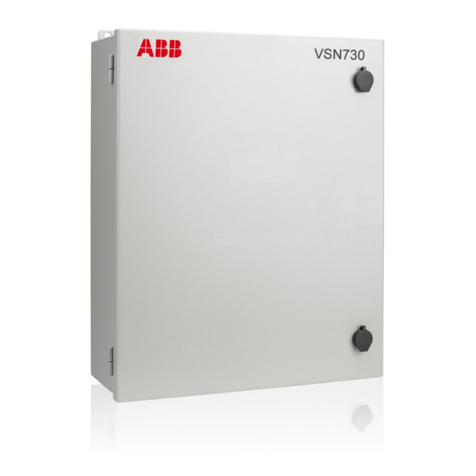
VortexMaster FSV430, FSV450 SwirlMaster FSS430, FSS450 | CI/FSV/FSS/430/450-EN Rev. G 3
Contents
1Safety............................................................................... 4
1.1General information and instructions .................... 4
1.2Warnings ............................................................. 4
1.3Intended use........................................................ 4
1.4Improper use ....................................................... 4
2Use in potentially explosive atmospheres ..................... 5
2.1Obligations of the owner ...................................... 5
2.1.1Ex-marking .......................................................... 5
2.1.2ATEX, IECEx, NEPSI ............................................ 5
2.1.3FM / CSA............................................................. 5
2.2Assembly and operating instructions.................... 6
2.2.1Protection against electrostatic discharges .......... 6
2.2.2Opening and closing the housing ......................... 6
2.2.3Temperature resistance for the connecting cables 7
2.2.4Cable entries ....................................................... 7
2.2.5Electrical connections .......................................... 8
2.3Zone 2, 22 - type of protection "non-sparking"..... 8
2.3.1Ex-marking .......................................................... 8
2.3.2Electrical data ...................................................... 9
2.3.3Temperature data .............................................. 10
2.4Zone 0, 1, 20, 21 - type of protection "intrinsically
safe".................................................................. 11
2.4.1Ex-marking ........................................................ 11
2.4.2Electrical and temperature data.......................... 12
2.4.3Limit value tables ............................................... 13
2.5Zone 1, 21 - type of protection "flameproof
(enclosure)"........................................................ 16
2.5.1Ex-marking ........................................................ 16
2.5.2Electrical and temperature data.......................... 17
2.5.3Repair................................................................ 17
3Product identification.................................................... 18
3.1Name plate........................................................ 18
4Transport and storage .................................................. 19
4.1Inspection.......................................................... 19
4.2Transport........................................................... 19
4.3Storing the device.............................................. 19
4.3.1Ambient conditions ............................................ 19
4.4Returning devices .............................................. 19
5Installation ..................................................................... 20
5.1Installation conditions......................................... 20
5.1.1General information............................................ 20
5.1.2Inlet and outlet sections ..................................... 20
5.1.3Avoiding cavitation............................................. 21
5.1.4Installation at high measuring medium temperatures21
5.1.5Installation for external pressure and temperature
measurement .................................................... 22
5.1.6Installation of final controlling equipment ............ 22
5.1.7Sensor insulation ............................................... 23
5.1.8Use of trace heating........................................... 23
5.2Environmental conditions ................................... 23
5.2.1FSV430, FSV450 ............................................... 23
5.2.2FSS430, FSS450 ............................................... 24
5.3Material load ...................................................... 24
5.3.1FSV430, FSV450 ............................................... 24
5.3.2FSS430, FSS450 ............................................... 26
5.4Installing the sensor ........................................... 26
5.4.1Centering the wafer type design......................... 27
5.4.2Adjusting the transmitter position ....................... 27
5.5Opening and closing the housing ....................... 28
5.6Electrical connections ........................................ 29
5.6.1Installing the connecting cables.......................... 29
5.6.2Cable entries...................................................... 30
5.6.3Grounding ......................................................... 30
5.6.4Devices with HART communication.................... 31
5.6.5Devices with Modbus communication ................ 32
5.6.6Electrical data for inputs and outputs ................. 33
5.6.7Connection to remote mount design .................. 36
5.6.8Cutting the signal cable to length and terminating it 36
5.6.9Connecting the signal cable ............................... 37
6Commissioning.............................................................. 38
6.1Safety instructions.............................................. 38
6.2Checks prior to commissioning .......................... 38
6.2.1Configuration of the outputs............................... 38
6.3Switch on the power supply............................... 40
6.3.1Checks after switching on the power supply ...... 40
6.4Checking and configuring the basic settings....... 40
6.4.1Parameterization via the "Easy Setup" menu
function ............................................................. 41
6.5HART variables .................................................. 45
6.6Operating mode................................................. 47
6.7Special operating modes ................................... 52
6.7.1Energy measurement for liquid measuring medium
(except water) .................................................... 52
6.7.2Energy measurement for steam / hot water in
accordance with IAPWS-IF97 ............................ 52
6.7.3Natural gas calculation in accordance with AGA8 /
SGERG88.......................................................... 57
6.8Zero point adjustment under operating conditions57
7Operation....................................................................... 58
7.1Safety instructions.............................................. 58
7.2Parameterization of the device ........................... 58
7.2.1Menu navigation ................................................ 58
7.2.2Process display.................................................. 58
7.2.3Switching to the information level (operator menu)59
7.2.4Switching to the configuration level
(parameterization) .............................................. 59
7.2.5Error messages on the LCD display ................... 60
8Maintenance.................................................................. 61
8.1Safety instructions.............................................. 61
9Additional documents ................................................... 61
10Appendix ....................................................................... 62
10.1Return form ....................................................... 62



